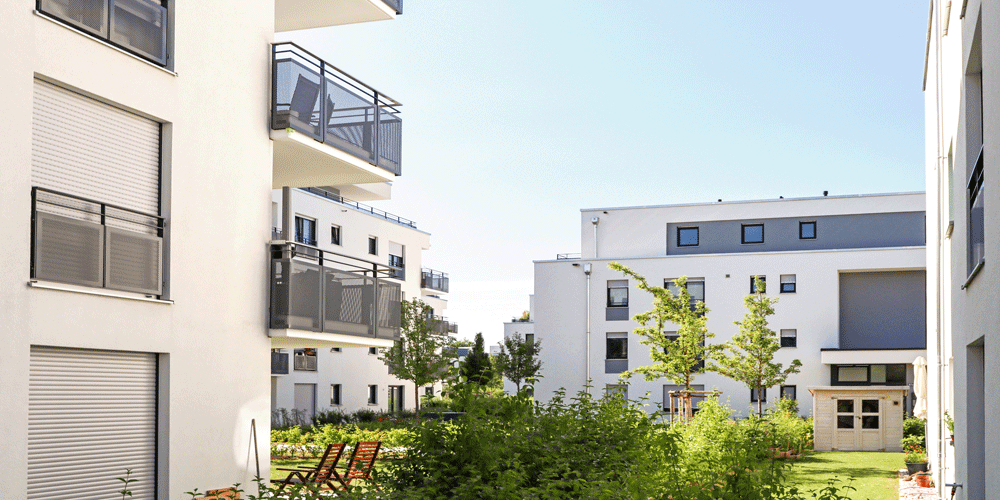Whether you are a homeowner, a builder, or an advocate for sustainability, let’s embrace the idea of green homes and work together to transform our living spaces into beacons of sustainability and innovation. Together, we can build a greener future, one home at a time.
In our quest for a more sustainable future, one crucial area that demands our attention is the construction and design of our homes. The concept of “green homes” has gained significant momentum as individuals, communities, and governments recognise the need to adopt sustainable building practices. Green homes not only reduce our ecological footprint but also provide healthier living spaces and long-term economic benefits. Let’s explore some key sustainable building practices that are shaping the way we build our homes for a greener future.
1️⃣ Energy-Efficient Design: Green homes prioritise energy efficiency right from the design stage. By employing passive design techniques such as proper insulation, strategic window placement for natural light and ventilation, and incorporating materials with high thermal mass, homes can reduce their reliance on artificial heating and cooling. This approach reduces energy consumption and lowers greenhouse gas emissions, leading to a significant reduction in our carbon footprint.
2️⃣ Renewable Energy Integration: The integration of renewable energy sources, such as solar panels or wind turbines, is a hallmark of green homes. By harnessing the power of the sun or wind, homeowners can generate their own clean energy, reduce dependency on fossil fuels, and even contribute surplus energy back to the grid. This not only helps combat climate change but also leads to long-term energy cost savings.
3️⃣ Water Conservation: Green homes employ various water-saving techniques to minimise water consumption. These include the installation of low-flow fixtures, rainwater harvesting systems, graywater recycling, and drought-tolerant landscaping. These practices ensure efficient water usage, reduce strain on local water supplies, and preserve this precious resource for future generations.
4️⃣ Sustainable Materials: Green homes prioritise the use of sustainable and environmentally friendly building materials. This includes utilising recycled or reclaimed materials, responsibly sourced timber, and low-emission products. By opting for eco-friendly materials, we can reduce the environmental impact of the construction industry and promote a circular economy that minimises waste generation.
5️⃣ Indoor Air Quality: Green homes prioritise indoor air quality to ensure a healthier living environment for occupants. This involves using low-toxicity paints, adhesives, and finishes, as well as employing proper ventilation systems to improve air circulation. By reducing indoor pollutants, such as volatile organic compounds (VOCs), green homes can enhance the well-being and comfort of residents.
6️⃣ Smart Home Technology: Integrating smart home technology enables homeowners to monitor and optimise energy consumption, enhance security, and automate various aspects of their homes. From smart thermostats and energy-efficient appliances to intelligent lighting and water management systems, these technologies play a significant role in reducing energy waste and enhancing overall sustainability.
7️⃣ Landscaping and Biodiversity: Green homes extend beyond the four walls and embrace sustainable landscaping practices. Incorporating native plants, creating green roofs or walls, and establishing wildlife-friendly habitats contribute to the preservation of local biodiversity. These initiatives not only enhance the aesthetics of the home but also promote a healthier ecosystem and support local wildlife populations.
The transition towards green homes is an essential step in our collective journey towards a more sustainable future. By implementing these sustainable building practices, we can minimise our environmental impact, conserve resources, and create healthier and more resilient communities.
